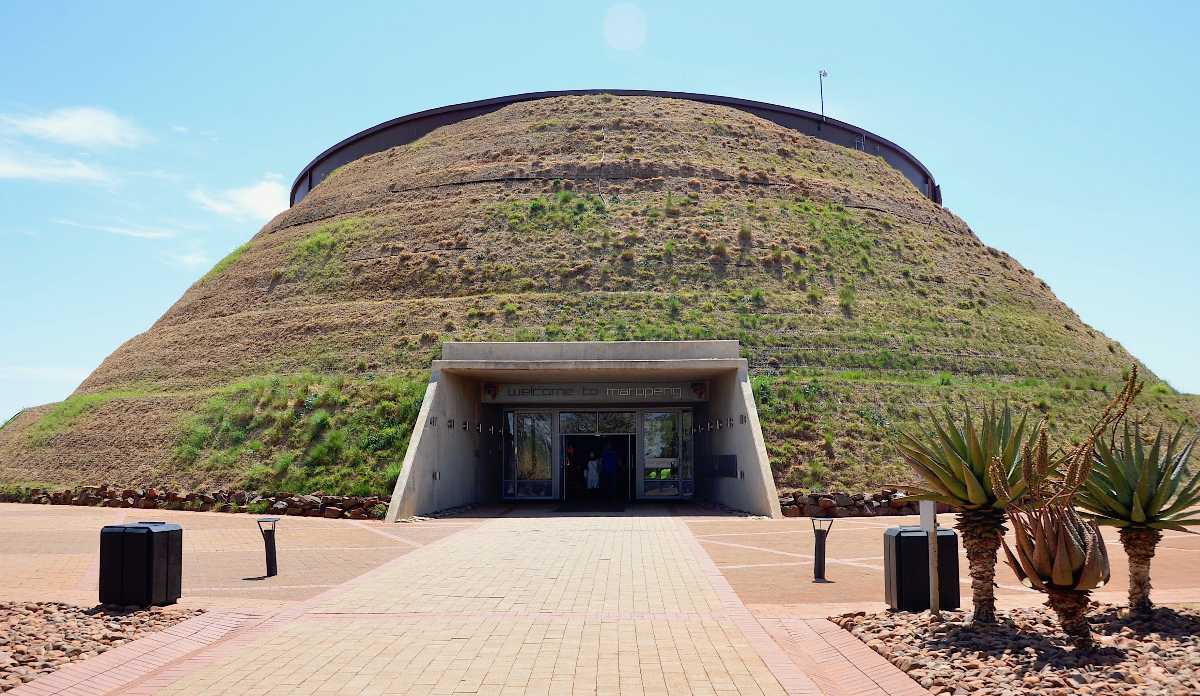Rumored Buzz on Johannesburg North Attractions
Rumored Buzz on Johannesburg North Attractions
Blog Article
Some Of Johannesburg North Attractions
Table of ContentsJohannesburg North Attractions Can Be Fun For AnyoneFascination About Johannesburg North AttractionsRumored Buzz on Johannesburg North AttractionsThe Main Principles Of Johannesburg North Attractions The Main Principles Of Johannesburg North Attractions The Only Guide to Johannesburg North AttractionsThe smart Trick of Johannesburg North Attractions That Nobody is Discussing
However you ought to maintain protection in mind and travelers must continue to be alert whatsoever times when in unfamiliar surroundings. Talk to the citizens when you are in community to discover the area you are remaining in. Johannesburg North attractions. When on the street (this does not put on purchasing malls and other safe and secure atmospheres) ideal basic suggestions is to try your finest to resemble a neighborhood and to avoid showing any kind of wealth
What Does Johannesburg North Attractions Do?
Professor Revil Mason O. J. (Thomson, 1946) discovered the Witwatersrand's pre-colonial background. His historical work exploded the 'em pty land' myth, according to which the area was without human habitation prior to the arrival of European settlers. In his magazines Prehistory of the Transvaal: A Document of Human Task (1962) and Beginnings of Black Individuals of Johannesburg and the Southern Western Central Transvaal Advertisement 3501880 (1986 ), Professor Mason showed the degree of social and financial growth in the area before Europeans set foot right here.

The 30-Second Trick For Johannesburg North Attractions
He acted with the federal government's consent, approved after he had vowed to maintain his discoveries trick. In 1874, small mining procedures were begun in the Magaliesberg, where an Australian, Henry Lewis, had uncovered gold deposits. In 1878, David Wardrop discovered gold in quartz capillaries at Zwartkop, north of Krugersdorp. In 1881, Stephanus Minnaar discovered gold on the farm Kromdraai, near the Cradle of Humankind.
In March 1886, a protrusion (quickly to be called the Key Coral reef) was found, rather luckily, on Gerhardus Oosthuizen's farm Langlaagte. Some say that the Lancastrian coal miner George Pedestrian found this reef. Another itinerant English prospector, George Harrison (who had previously worked in Australian mines) obtained a prospecting licence in regard of Langlaagte in May 1886.
He determined to proceed in a mission for greener pastures, and disposed of his Langlaagte case for the baronial sum of 10. Alas: below lay the richest goldfield ever before located. The exploration of this rich auriferous reef provoked a gold thrill that signified completion of bucolic tranquillity in the southerly Transvaal.
It would, within six years, come to be the largest town in southern Africa. Within a years, it would certainly make the Z. A. R. till after that an anarchical and bankrupt little state the richest nation in Africa. By the turn of the century, the Z. A. R. was to go beyond Russia, Australia and the USA of America to become the globe's leading gold manufacturer, creating even more than a quarter of the globe's gold.
The smart Trick of Johannesburg North Attractions That Nobody is Talking About
It was called Ferreira's Camp, named after Colonel Ignatius Ferreira. He was a Boer adventurer upon whom the British authorities had bestowed the status of Buddy visit site of the Most Differentiated Order of St Michael and St George (qualifying him to the post-nominal letters C. M. G.) in gratefulness for his function in the war that had deposed the Pedi king Sekhukhune in 1879.
Quickly the camp was bursting with outdoors tents and wagons as novices got here daily from everywhere. By September 1886, some 400 individuals lived in Ferreira's Camp, which quickly flaunted built iron and wood buildings. Two various other camps were established: Meyer's Camp on the farm Doornfontein, and Paarl Camp. The latter was look here nicknamed Afrikander Camp; many individuals from the Cape Nest worked out there.

6 Easy Facts About Johannesburg North Attractions Explained
This name got currency by word of mouth, such that the State Assistant attested the name to the Mining Commissioner on 9 October 1886. Stands in the village were auctioned on 8 December 1886. While some stands were offered for 10, others were knocked down for as little as sixpence.
2 years later, these erven were to transform hands for as much as 750 each. The tented camps decreased as a dorp of corrugated iron buildings created and increased north of the mines located along the Main Reef Road. Locations such as Jeppe's Community (where working-class immigrants erected their residences) and Doornfontein (where the affluent new 'Randlords' began to construct their opulent houses) were quickly included in the ever-expanding map of the town.
The 8-Second Trick For Johannesburg North Attractions
Apart from the street names, there were no indicators of Johannesburg being situated in a Dutch-speaking nation., nearly everybody talked English and even the Government servants attended to one in English, unless they were very first attended to in the Taal (or Low Dutch)'.
Because Bonuses of this, Britain had a rate of interest in making sure ideal conditions for gold production on the Witwatersrand, and that the gold was exported to London as opposed to Berlin a necessary provided all the more clamant by the Z. A. R - Johannesburg North attractions.'s raising toenadering with Germany. Mine proprietors were on a clash with President Kruger, whose plan of monopolistic concessions (usually given to his cronies) protected against mining companies from obtaining materials of materials (particularly dynamite) and work by themselves, more affordable terms
Fascination About Johannesburg North Attractions
In 1890, the Volksraad had limited the franchise business to white men who had resided in the Z. A. R. for fourteen years or longer, thus invalidating many of the immigrants (who happened to be the major factors to the fiscus). Nonetheless, anxiety for the vote was a plain pretense for advertising a various program; many uitlanders concerned themselves as short-lived visitors and had no purpose of continuing to be in the Z.
Report this page